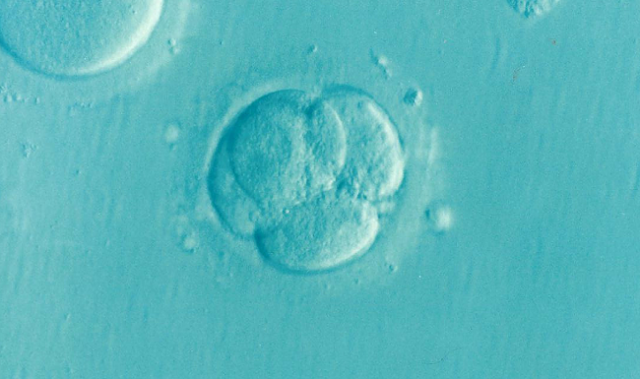
AsianScientist (Apr. 26, 2016) – A research group in Japan has found a cinnamon-based polyphenol that improves wound healing by prompting mesenchymal stem cells (MSCs) to accumulate in damaged tissue. The results, published in PLOS ONE, could contribute to stem cell treatments for skin disorders associated with skin damage or lesions.
The research group, led by visiting researcher Dr. Kosuke Fujita and Professor Akito Maeda from Osaka University, has shown that the polyphenol cinnamtannin B-1 increased the mobilization of MSCs through the activation of enzymes surrounding MSC membranes. The unique structure of cinnamtannin B-1 played an important role in this mechanism.
Flow cytometry analysis using mouse blood showed that MSCs were released from bone marrow to the blood in response to cinnamtannin B-1. Using in vivo whole body imaging, the authors observed that the MSCs migrated to wounds treated with cinnamtannin B-1. They also found that cinnamtannin B-1 enhanced wound healing in a mouse model of diabetes.
In experiments using enzyme inhibitors, the research team further discovered that cinnamtannin B-1 enhanced MSC mobilization by activating enzymes, such as PI3 kinase, near the cell membrane.
The article can be found at: Fujita et al. (2016) Cinnamtannin B-1 Promotes Migration of Mesenchymal Stem Cells and Accelerates Wound Healing in Mice.
———
Source: Osaka University; Photo: Peyman Zehtab Fard/Flickr/CC.
Disclaimer: This article does not necessarily reflect the views of AsianScientist or its staff.












